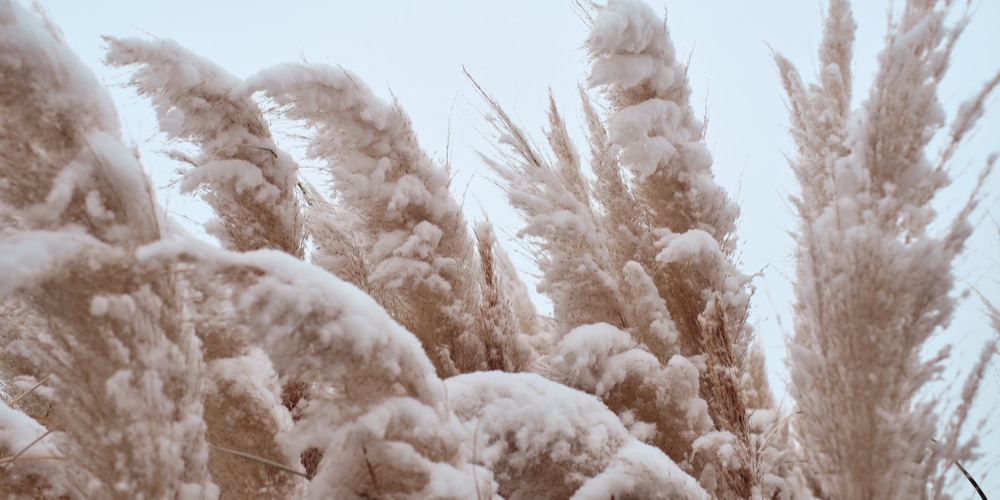Pampas grass is a beautiful ornamental grass that can be found throughout Florida. It is used extensively in landscaping and can be planted in both north and south Florida.
While it does well in most zones, there are a few things you need to know before planting pampas grass in your yard.
In this article, we will discuss the care and maintenance of pampas grass and some of the benefits it provides for your landscape.
What Are Florida’s Hardiness Zones? Is It Fit To Grow Pampas Grass?
Florida is a great place to start if you’re looking to add a little variety to your landscape. With its diverse climate and geography, the state is home to many plants that can thrive in various conditions.
For example, North Florida is located in USDA zones 8a, 8b, and 9a, while Central Florida falls into USDA zones 9a and 9b. And if you’re looking for even more warmth, South Florida is home to the state’s warmest USDA zones, 10a, and 10b.
Pampas grass is a lovely addition to any garden, and it’s also a tough plant that can handle various growing conditions. One question that gardeners often have is whether pampas grass will survive in Florida. The good news is that pampas grass is a perennial plant, meaning it will come back year after year in most growing zones. Pampas grass will thrive in USDA growing zones 7 to 11.
How To Take Care Of Pampas Grass In Florida
Pampas grass is a common sight in Florida gardens, and it’s no wonder why. This tough plant can add a touch of elegance to any landscape. But pampas grass requires care and maintenance to keep it looking its best. Here are a few tips on how to take care of pampas grass in Florida.
Pampas grass thrives in full sun, so plant it in an area that receives plenty of sunlight. It’s also essential to provide the plant with well-drained soil.
During the rainy season, pampas grass is susceptible to root rot, so it’s vital to ensure the soil isn’t too wet. If you live in an area with heavy clay soil, you may need to improve drainage by adding sand or organic matter to the soil.
Once established, pampas grass is relatively drought-tolerant and does not need to be watered frequently. However, watering it deeply and regularly during the first year is vital to help it establish a strong root system. Pampas grass can be fertilized with any general-purpose fertilizer. It should be fertilized twice yearly – once in the spring and once in the fall.
Caution In Planting Pampas Grass
Pampas grass is a breathtakingly beautiful plant that has long been a staple in landscaping design. With its thick clumps of silky white flowers, pampas grass adds a touch of elegance to any garden.
However, recent studies have shown that pampas grass is highly invasive. It is now on the list of plants not recommended for planting by the University of Florida’s Institute of Food and Agricultural Sciences (IFAS).
Pampas grass spreads rapidly, crowding out native plants and disrupting ecosystem balance. It is also extremely difficult to control once it becomes established.
For these reasons, IFAS urges caution in planting pampas grass and recommends that homeowners consider alternative plants that will provide similar aesthetic appeal without posing such a threat to the environment.
Conclusion
Pampas grass is a lovely plant that may be used to decorate any outdoor space. However, it is essential to be aware of its invasive nature and the potential dangers it poses to the environment. If you decide to plant pampas grass, take steps to control its spread and consider alternative plants that will provide similar aesthetic appeal.

